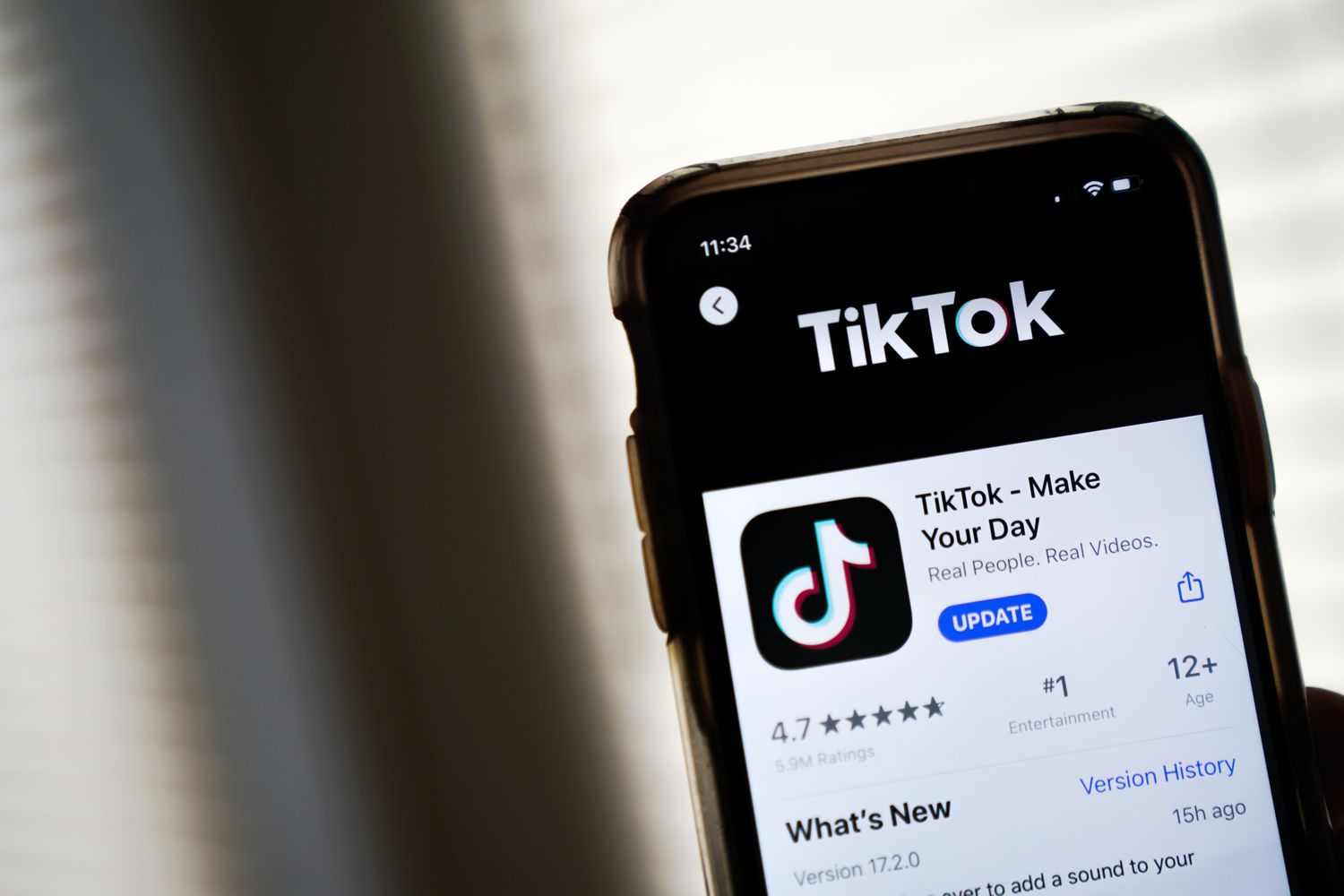3 Content Marketing Power Laws
If you double the side of a square, you increase the area by a factor of four. If you double the side of a cube, you increase the volume by a factor of eight. Small change, big impact. That’s a power law and it’s the kind of guiding principle we rely on to help us prioritize the time we spend working on content.
There are plenty of ways to make incremental progress, but that’s not what we’re looking for. We’re looking for small changes and big impact. Here are the five content marketing power laws we live by and recommend to all of our customers.
1. Content that lives alone, dies alone.
Your blog is not a publication, it’s a growing library of information. Here’s the difference.
A publication relies on getting views from the articles published that week. They end up publishing way too much content in an attempt to maintain traffic. It’s like shoveling coal into a furnace—if you stop shoveling, the engine stops running.
A library is an evergreen source of information that can earn traffic for months or years. Readers discover content via search engines when they need it. Content is more detailed and less frequent, but produces outsized returns. This is where the leverage exists and why it’s an essential power law.

Perhaps most important is that publications tend to be a collection of individual articles as opposed to a cohesive library of information. The articles live alone, outside of a cohesive growth strategy. Many are not strong enough to earn traffic on their own.
2. Compounding growth is the only growth.
One of the fascinating parts of running a content agency is access to Google Analytics. We’ve had the opportunity to study dozens of sites’ analytics and there are a few things we find over and over again in B2B SaaS:
- A handful of posts and pages account for the vast majority of traffic.
- Boosts from platforms like Facebook and Twitter are fickle and temporary.
- Sites that have trouble getting off the ground 1) rely too much on non-recurring acquisition channels, and 2) struggle to be patient enough to gain traction in search.
- The sites with healthy traffic—AdEspresso, Wistia and Appcues are good examples—rely almost entirely on organic search.
We’ve never seen a SaaS site grow beyond a few hundred unpredictable visitors without a significant investment in search. Investor Tomasz Tunguz quantified the impact of a blog that focuses on evergreen content
3. Write to pay the bills.
Writing is an art, but content is an acquisition channel. Be careful never to confuse the two. There’s a common, vexing scenario where great writing doesn’t translate into business objectives. It seems logical that if traffic grows 10%, signups will also increase 10%. The truth is that the growth of traffic and signups is almost never parallel. If your model is ad revenue, you can rely on pageviews to pay the bills. But since SaaS blogs rely on signups, you have to treat the medium differently. Writing to pay the bills means creating content that generates leads.
There are a number of reasons this happens, but typically it represents a gap between the topics covered and the use-cases for the product. When there isn’t a natural segue from information to action, traffic grows and signups don’t. We see this most often when sites rank for short-tail, top-of-funnel keywords. If we wrote a post called “What Is Content Marketing?” and earned a top ranking, we’d get a lot of traffic and no leads. That’s not to say there isn’t value in the traffic and links, but it will skew the visitors-to-lead ratio. This isn’t the worst problem to have, but it can be frustrating to spend money on content without seeing a boost in revenue. Here are a few suggestions for solving it.




